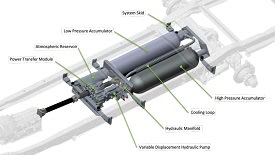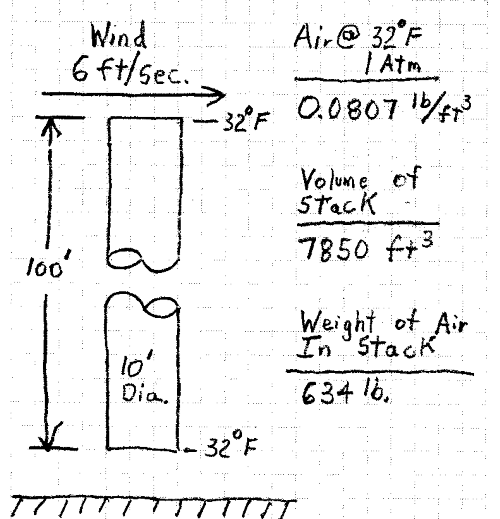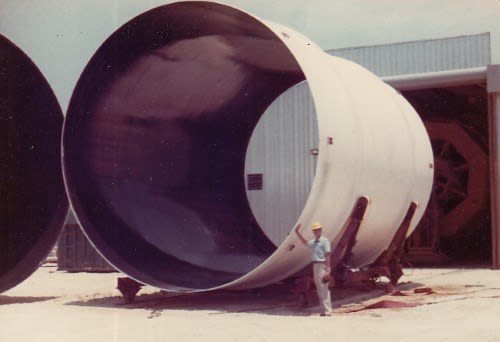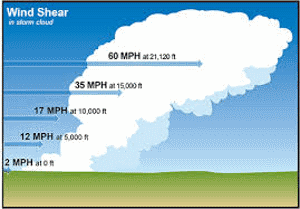struct_eeyore
Structural
- Feb 21, 2017
- 264
Hi all,
Not a fluid engineer, so forgive my ignorance. I'm hoping someone can direct my to the proper way to calculate air flow rate in a open ended stack. Stack is 100' high, bottom is about 10' away from ground surface, 10' in diameter; a 6 ft/sec wind is blowing across the top. Temperature differential is negligible.
Not a fluid engineer, so forgive my ignorance. I'm hoping someone can direct my to the proper way to calculate air flow rate in a open ended stack. Stack is 100' high, bottom is about 10' away from ground surface, 10' in diameter; a 6 ft/sec wind is blowing across the top. Temperature differential is negligible.





![[idea] [idea] [idea]](/data/assets/smilies/idea.gif)
![[wink] [wink] [wink]](/data/assets/smilies/wink.gif)




